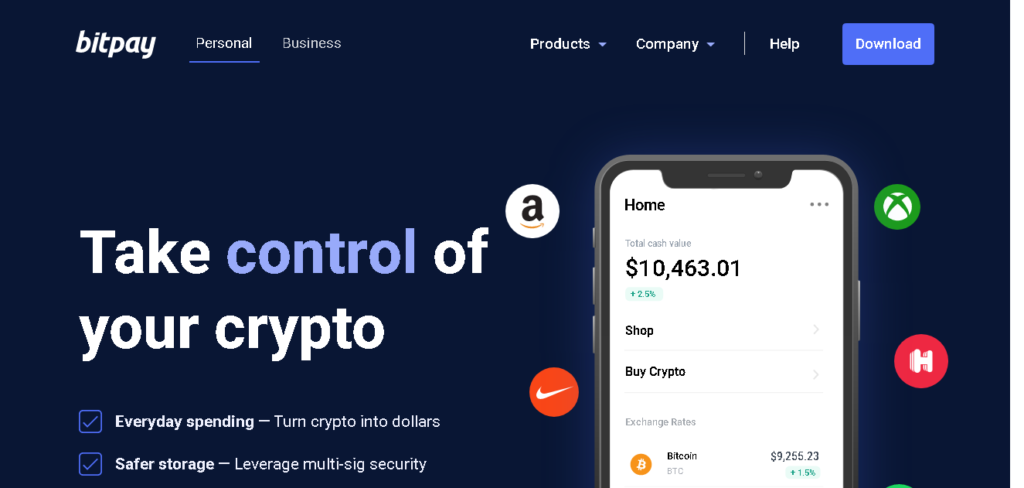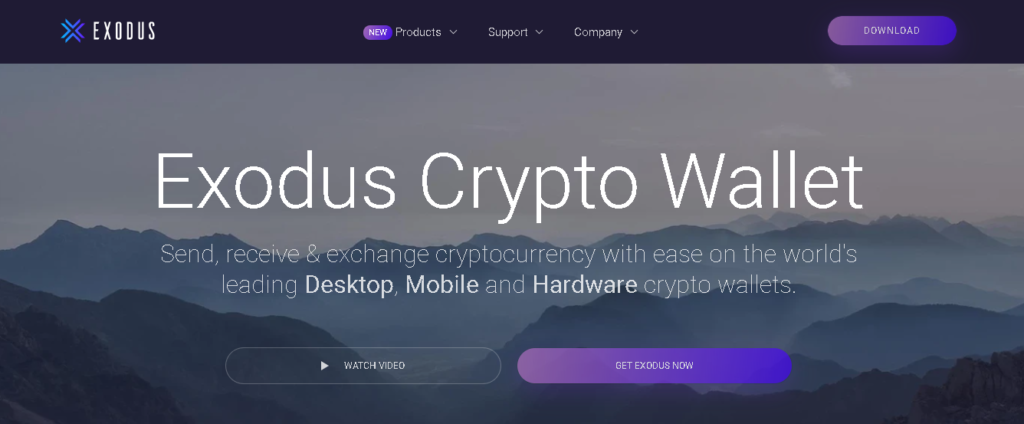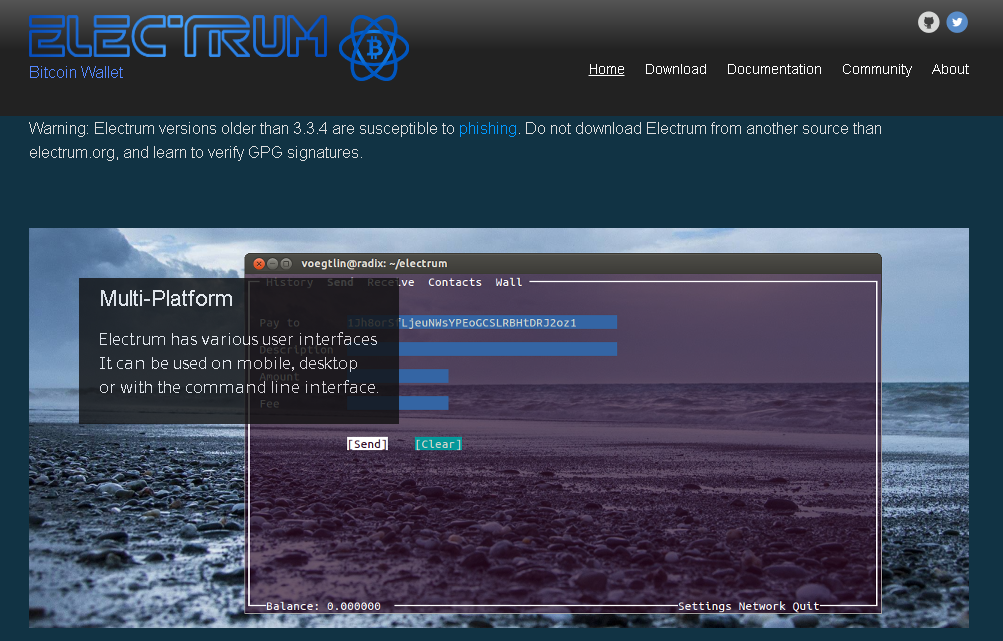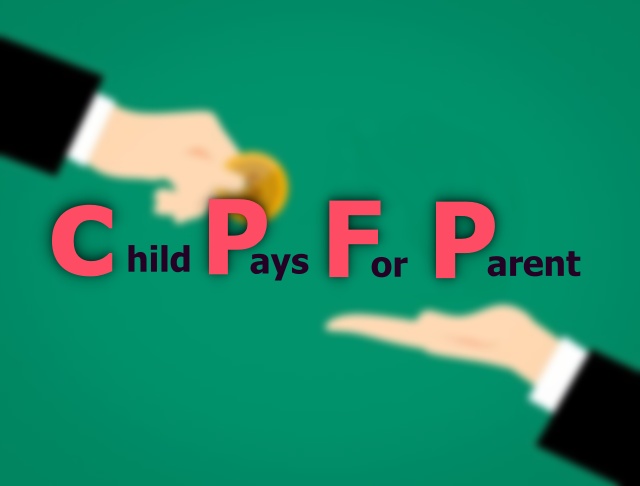What Is Child Pays For Parent (CPFP) In Bitcoin?
Bitcoin has dominated the crypto market since the beginning and continues to do so.
Because Bitcoin is a more popular crypto asset than other coins, even common people may not have heard the term “Cryptocurrency”, but they are familiar with “Bitcoin”, not knowing the fact that Bitcoin is the cryptocurrency.
This growing popularity makes Bitcoin a valuable currency as it becomes valuable and attracts even more eyeballs, resulting in the price of Bitcoin going upwards.
Not only the price, as you know Bitcoin is decentralized, meaning Blockchain is the main mechanism used behind to run the whole Bitcoin ecosystem, which no central organisation or person had control.
As Bitcoin grows, the whole Bitcoin blockchain grows larger and larger, making it a bit difficult to handle the network, causing a hike of fees that are paid to miners for handling the Bitcoin network.
Many times hefty fees became a burden for common Bitcoin holders, resulting in transactions stuck for days, even weeks or months for not paying sufficient fees.
But don’t worry if you’re the common Bitcoin enthusiast making small Bitcoin transactions now there are multiple ways available to unstuck Bitcoin transactions; I have already written some of them like Bitcoin transaction accelerators, Replace by Fee methods.
Now in this post, we’re looking for another way to unstuck Bitcoin transactions that is Child Pays For Parents, in short CPFP.
What Is a Child Pays For Parent?
Child Pays For Parent is the technique to boost the unconfirmed Bitcoin transaction by creating a new child transaction for paying and compensating for the parent transaction so that both can be confirmed soon.
And the method can be used by the sender or recipient of the transaction.
You can think of CPFP as a parent having insufficient money for their expenses, and then their child pays the difference on the parent’s behalf.
How Does a Child Pays For Parent Work?
CPFP uses two Bitcoin rules to work.
The first one is, the transaction which creates an output must appear earlier in the blockchain than the transaction which spends that outputs—including having the parent transaction appear earlier in the same block than the child transaction if both are included in the same block.
The second one is, in Bitcoin transactions, all outputs must be spent. Meaning if you create a transaction to send X amount of funds, and have in the wallet a little more than those funds, the wallet will automatically create 2 outputs. The first to send X amount of funds to the recipient, and the second to receive the returns or exchange of said transaction.
So, if that transaction is unconfirmed, the recipient can create a child transaction (CPFP) associated with the parent transaction adding more fees, where the recipient will send those laps or change to another address of his own.
It is important to know CPFP work only when incoming transaction:
- All the inputs of the transaction must be confirmed and put in the mempool.
Or, as a sender, you can create another transaction using the second output of the transaction as input.
Benefits of CPFP.
Accelerate Transaction.
If any important transaction is stuck in the Bitcoin mempool, CPFP gives a chance to the sender and receiver to boost the transaction so they can get the payment as quickly as possible.
Allowing Recipients to Boost Transactions.
Most Bitcoin transaction accelerating methods work with the side of the sender, authorizing the sender to include an extra fee or use any third-party transaction accelerator.
But the CPFP method is also applicable via the recipient, meaning if the transaction is more important to the receiver than the sender, then the receiver has the chance to accelerate it and receive the funds quickly.
Eliminate the Chance of Double Spending.
Double Spending is always a big risk involved in Accelerating Bitcoin transactions.
In fact, in the Replace-By-Fee (RBF) acceleration method, transactions are considered double-spend before the sender adds additional fees to confirm the transaction.
However, in CPFP, for receiving the high reward miner has to look at both of the transactions collectively and confirm the parent transaction first.
Ok, now you know what CPFP is, how it works and benefits, but to use the CPFP method, many wallets came forward to offer it so that you can easily boost the transactions.
So, here I made a list of some wallets that allow the use of the CPFP method.
List of Wallet Allowing CPFP.
BitPay Wallet.

BitPay is the biggest crypto payment processor in the world, helping businesses and merchants who want to accept Bitcoin payments around the world.
Their wallet is a non-custodial wallet allowing you safely store Bitcoins by using private key encryption, PIN, and biometric authentication features.
Also, a wallet allows you to boost transactions by using the CPFP method.
The wallet is available for Android, iOS, and Windows.
Exodus Wallet.

Exodus is one of the leading multi-currency wallets supporting more than 100+ crypto assets.
The wallet is an HD wallet, so you don’t have to worry about losing funds if you lose the wallet, and also you can set an additional password to the wallet.
If your Bitcoin transaction is stuck using EXodus, then the wallet allows you to boost with the CPFP method.
The wallet is available for both mobile and desktop devices along with the Hardware wallet option.
Electrum Bitcoin Wallet.

Electrum is an open-source Bitcoin wallet available for both PC and mobile users.
Even being an open-source and lightweight wallet, Electrum offers a ton of features like Multisig, Hardware wallet support, cold storing funds, 2FA option, your private keys are encrypted, and the list goes on.
Along with all these features, you can manually boost stuck Bitcoin transactions using the CPFP method by following this guide.
Samourai Wallet.

Samourai is the most trusted privacy-centric wallet in the crypto space, only available for android devices.
The wallet uses military-grade AES-256 encryption so that the wallet is protected from malware and other server attacks. Also, you can apply several layers of privacy protection features like stealth mode, paytm when doing Bitcoin transactions, plus the wallet is an HD wallet and allows you to set the PIN.
Samourai wallet applies CPFP by default for most transactions you make.
Mycelium Wallet.

Mycelium is a mobile wallet like Samourai but offering services for both Android and iOS users.
The wallet is an HD wallet and also lets you choose a PIN for allowing you to lock in key functions until you need them. Even Mycelium allows you to integrate hardware wallets such as Trezor and Ledger for keeping funds secure.
Along with all the features wallet also offers you a Bump fee option which uses the CPFP method to boost transactions.
Conclusion.
Child Pays For Parent method is a good method to boost transaction confirmation, but you should know that there is no 100% guarantee you get confirmations when you use the method. It depends upon the miner how miners define the transaction. Some may get confirmation quickly, some have to wait more time, or if the fee is not satisfied after using CPFP, then the transaction could not get any confirmations.
So you don’t have to fully rely upon the wallet, which lets you use the CPFP method to boost transactions, but a wallet with the CPFP option will make it easy to boost transactions whether you send or receive the funds.
At last, if you get any useful insight from the post, do share this with your family and friends.
